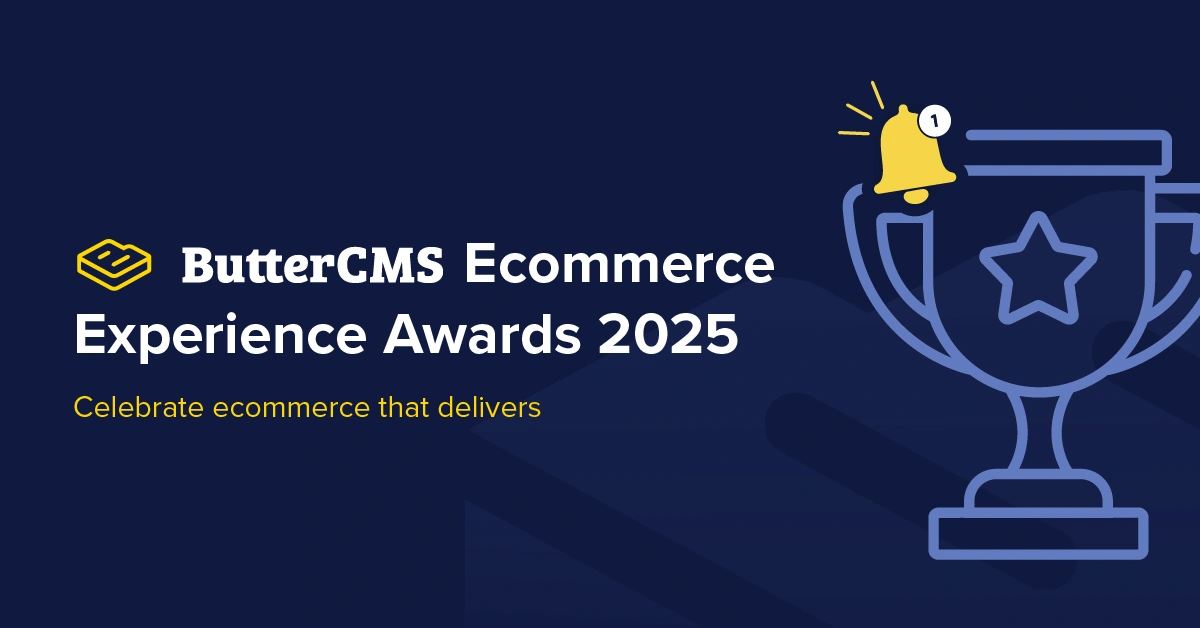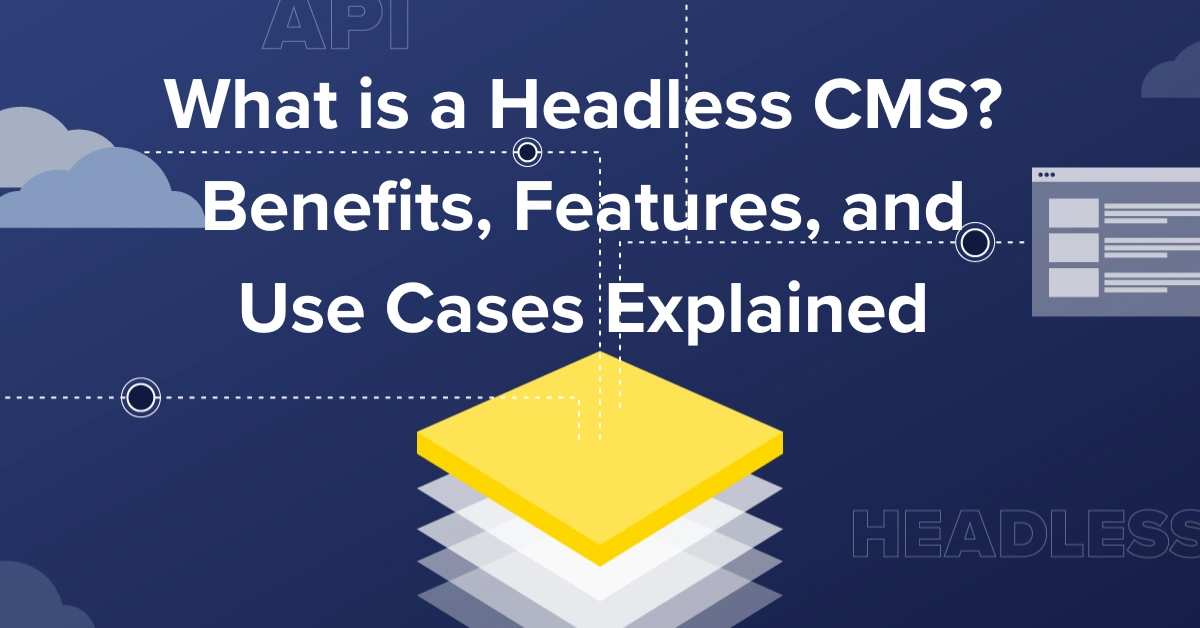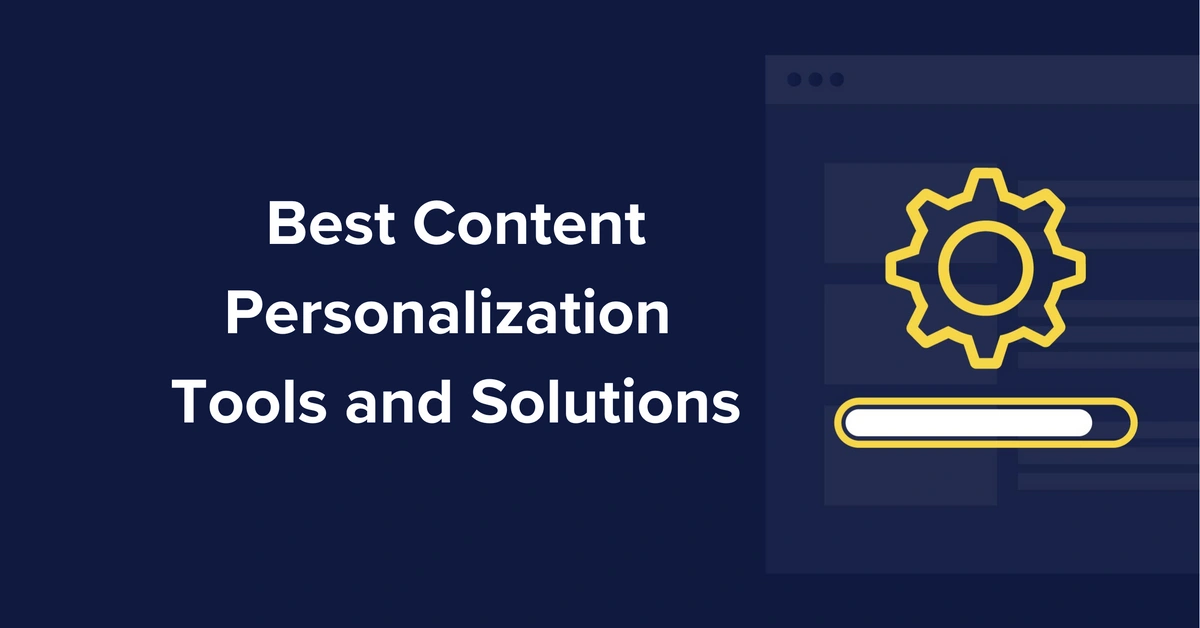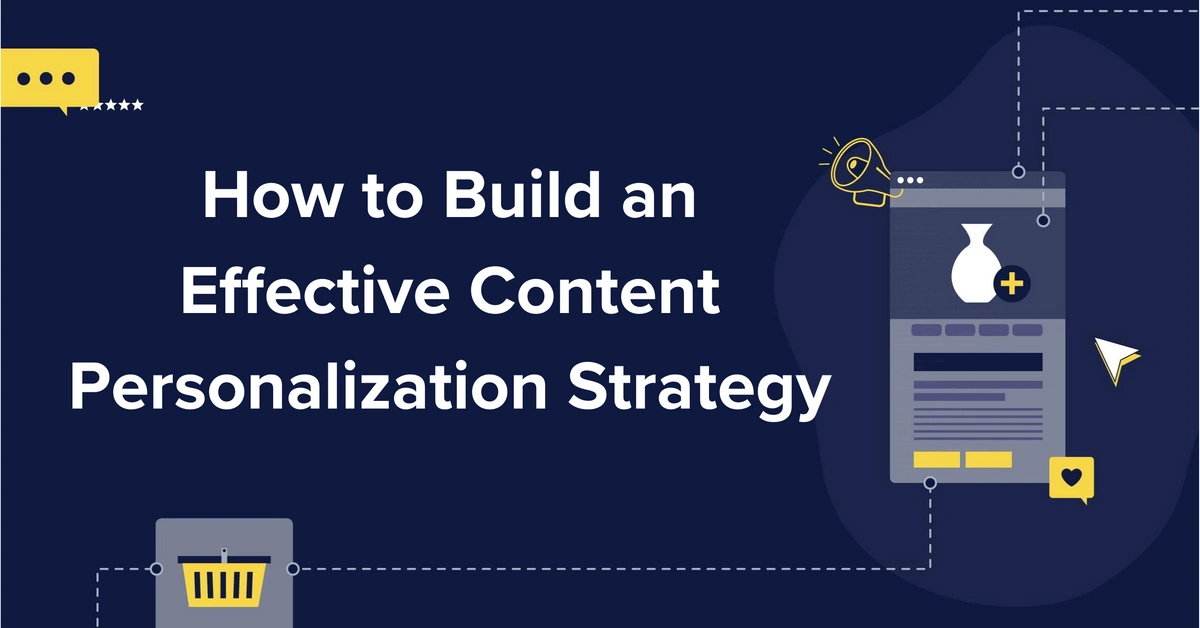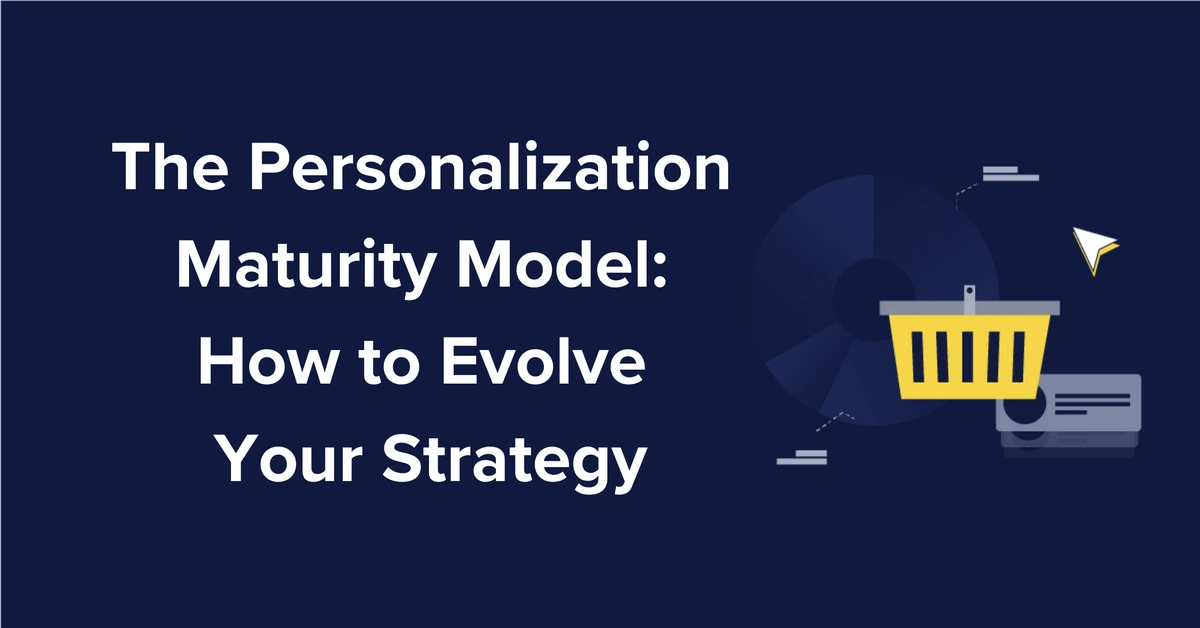Don’t miss a single post
Get our latest articles, stay updated!
The Ultimate Guide to Content Personalization
Why do some brands seem to know exactly what you need before you even ask? That’s the power of content personalization, and in today's digital world, customers don't just appreciate it, they expect it. In this guide, we break down what content personalization is, why it matters, and how it’s driving customer engagement and loyalty. Click to learn all about it.
The headless CMS marketers & developers melt over
Try ButterCMS today for better experience
